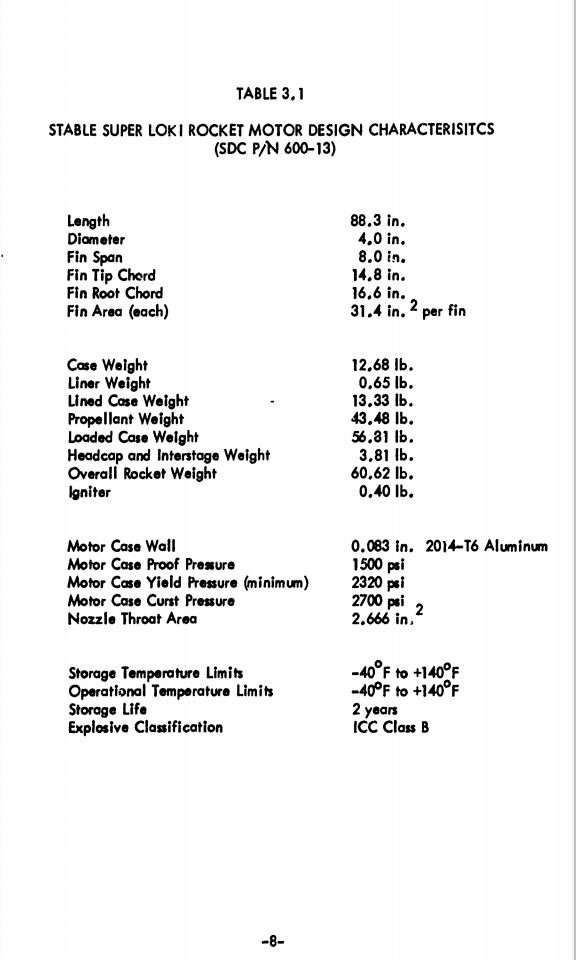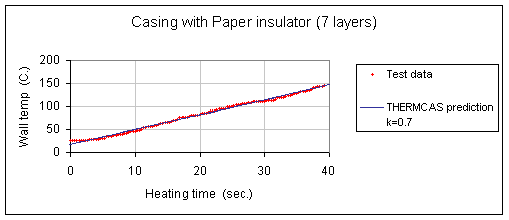RGClark
Mathematician
It is known that carbon fiber composites can save about half off the weight over that of standard aluminum propellant tanks and casings for both liquid and solid propellants. And carbon fiber has been used for both commercial and amateur rockets to save on vehicle dry mass.
So I always assumed carbon fiber was the best you could do with current materials. But in reading about the Super Loki suborbital rocket, I found it used a specialty high strength aluminum alloy to reduce the booster stage dry mass and this alloy's strength was close to that of carbon fiber.
In looking up other high strength aluminum alloys I found there are even aluminum alloys that even exceed the strength of carbon fiber composites!
See for example this comparison between standard 6061 aluminum alloy and high strength aluminum alloys:

https://precisionarmament.com/tennalum-7068-aluminum-alloy/
The 7075 is close to twice as strong as the 6061 alloy and the 7068 is close to 2.5 times as strong. The 7075 though is 2 to 3 times as expensive as 6061 and the 7068 is 3 to 4 times as expensive. But because of their higher strength, not as much material would be needed for the casing so the price would actually not be much greater than using the standard 6061.
I wanted to get an idea how much is the thickness common for standard aluminum casings of commercial motors. Say for 4" and 6" casings. Anyone know that? Then because of their higher strength the 7075 would be thinner by about 1/2 and the 7068 by a factor of 1/2.5, resulting in lighter casings.
I gather the 7068 is not as common but the 7075 appears in several thicknesses:
https://www.futuremetals.com/products/tubular-products/aluminum-tube/
Bob Clark
So I always assumed carbon fiber was the best you could do with current materials. But in reading about the Super Loki suborbital rocket, I found it used a specialty high strength aluminum alloy to reduce the booster stage dry mass and this alloy's strength was close to that of carbon fiber.
In looking up other high strength aluminum alloys I found there are even aluminum alloys that even exceed the strength of carbon fiber composites!
See for example this comparison between standard 6061 aluminum alloy and high strength aluminum alloys:

https://precisionarmament.com/tennalum-7068-aluminum-alloy/
The 7075 is close to twice as strong as the 6061 alloy and the 7068 is close to 2.5 times as strong. The 7075 though is 2 to 3 times as expensive as 6061 and the 7068 is 3 to 4 times as expensive. But because of their higher strength, not as much material would be needed for the casing so the price would actually not be much greater than using the standard 6061.
I wanted to get an idea how much is the thickness common for standard aluminum casings of commercial motors. Say for 4" and 6" casings. Anyone know that? Then because of their higher strength the 7075 would be thinner by about 1/2 and the 7068 by a factor of 1/2.5, resulting in lighter casings.
I gather the 7068 is not as common but the 7075 appears in several thicknesses:
https://www.futuremetals.com/products/tubular-products/aluminum-tube/
Bob Clark





